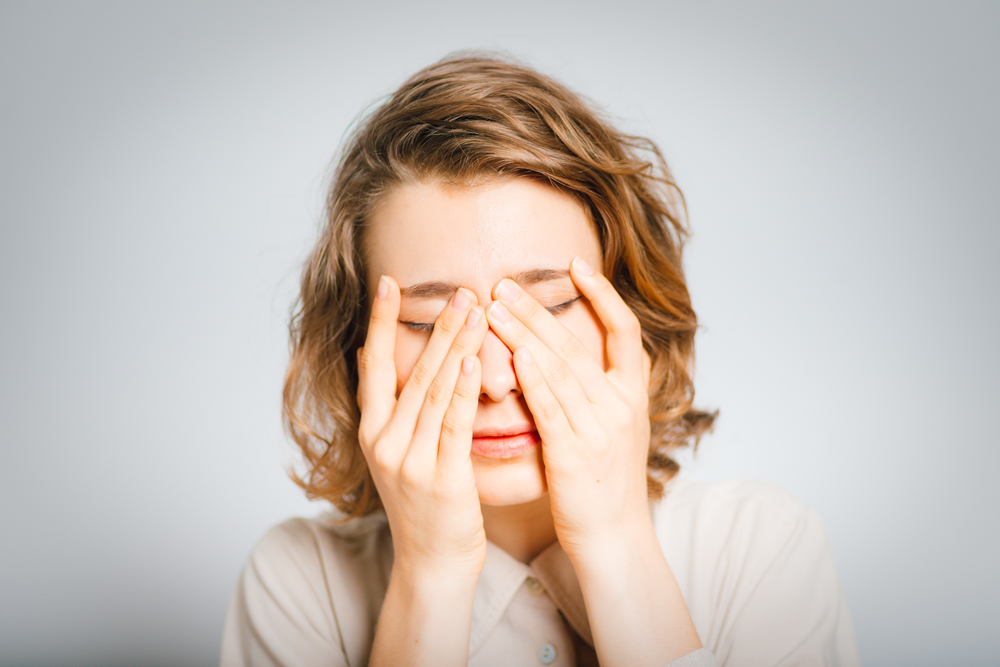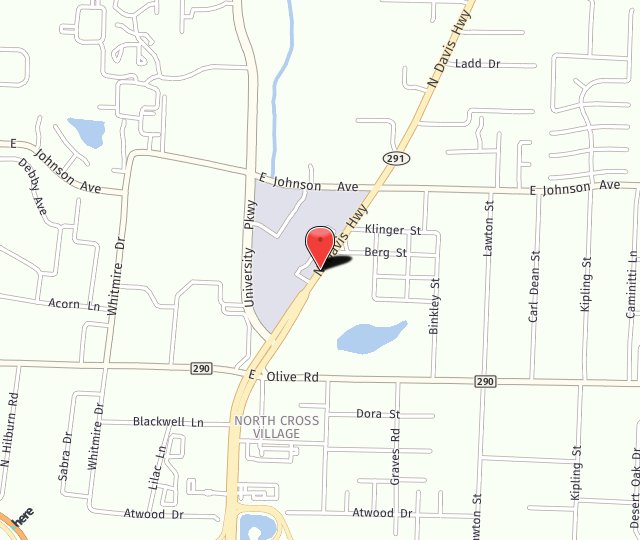Meibomian Gland Dysfunction
We can blink and read and perform other tasks comfortably because we have a tear film that covers the surface of the eyes. Our tears are constantly spreading across the eye, evaporating, and draining. Tears are not just water; the film consists of that as well as oil and mucus. The oil aspect of the tear film is made by the meibomian glands. Without sufficient production, the tear film is lacking oil and may evaporate too quickly. This may be referred to as meibomian gland dysfunction.
What is Meibomian Gland Dysfunction?
Meibomian gland dysfunction (MGC) is a condition in which the glands involved in making the tear film do not secrete a sufficient amount of oil. Poor quality oil may also cause problems in the tear film. One of the reasons this may happen is that the meibomian glands become blocked, plugged with debris or other matter.
the Symptoms of Meibomian Gland Dysfunction
Meibomian gland dysfunction is a relatively common condition. It is particularly prevalent among older individuals. When the meibomian glands first stop producing enough oil, no symptoms may occur. Over time, though, a person may experience eyelid inflammation and symptoms such as:
- Excessive Watering
- Dryness
- Itching
- Burning
- Crustiness or sticky mucus around the eyelashes
- Redness
- Light sensitivity
- Intermittent blurry vision
- Foreign body sensation
- Styes/Chalazion
Can Meibomian Gland Dysfunction Go Away on Its Own?
It is not common for meibomian gland dysfunction to resolve spontaneously. This chronic condition requires regular eyelid hygiene and, for some, care from a board-certified ophthalmologist, to prevent worsening.
How you can Manage Meibomian Gland Dysfunction on your own
If you experience the symptoms of meibomian gland dysfunction, it is beneficial to consult with an ophthalmologist. Doing so can identify how severely compromised your tear film is and what you can do to manage the symptoms caused by MGD. A doctor may suggest one or more of the following, either as an alternative or complement to medical treatment:
- Apply warm compresses to the eye. The heat from the compress can soften and dislodge the oil granules that have accumulated at the eyelid margin. The compress should be warm, not hot, and moist, and should be left on the eyes for 5 to 10 minutes. Depending on the severity of the condition, compresses may need to be applied a few times a day.
- Massage. A few minutes into the application of the warm, moist compress, it can help to gently massage the eyes through the cloth. It is important not to manipulate the eyelids excessively, but to use very light pressure to “roll” a finger up from the lower lid and down from the upper lid.
- Debris removal. This is also ideal to do after applying the warm compress for its full 5 or 10 minutes. To remove debris, you may use the cloth or a Q-tip to gently rub along the lash line near the eyelashes.
- Support tear production. Your doctor may recommend a specific eye health supplement based on your needs or their experience. A simple fish oil, flaxseed oil, or omega-3 fatty acid supplement may be sufficient for improving the quality and quantity of tear production.
How is Meibomian Gland Dysfunction Diagnosed?
Your ophthalmologist may be able to diagnose MGD with a consultation and review of your symptoms and a thorough eye exam. During the exam, the doctor can evaluate the openings of the meibomian glands, and may gently press on the eyelids to express the glands to see how much oil is released. Tests may also be performed to assess the quantity of tears that your eyes produce and how quickly your tear film evaporates.
the Best Way to Treat Meibomian Gland Dysfunction

- Over-the-counter or prescription eye lubricant drops or ointment
- Antibiotic treatment, if needed, to address infection
- Office treatment using heat or pulsed energy to remove blockages from the meibomian glands
Schedule an Appointment
Meibomian gland dysfunction can be an uncomfortable, ongoing problem. We can help. Contact our Pensacola eye institute at 850.474.8436to schedule an appointment with one of our experienced doctors. There’s no single thing that can show that you have MGD.
Your eye doctor will look closely at your eyelids to inspect the gland openings. They may press on your eyelids to squeeze oil out. The Schirmer’s test checks if you make enough tears. Other tests can measure the quality of your meibum and how fast your tears evaporate. The combination of results can lead to a diagnosis of MGD.
Educational Video:



